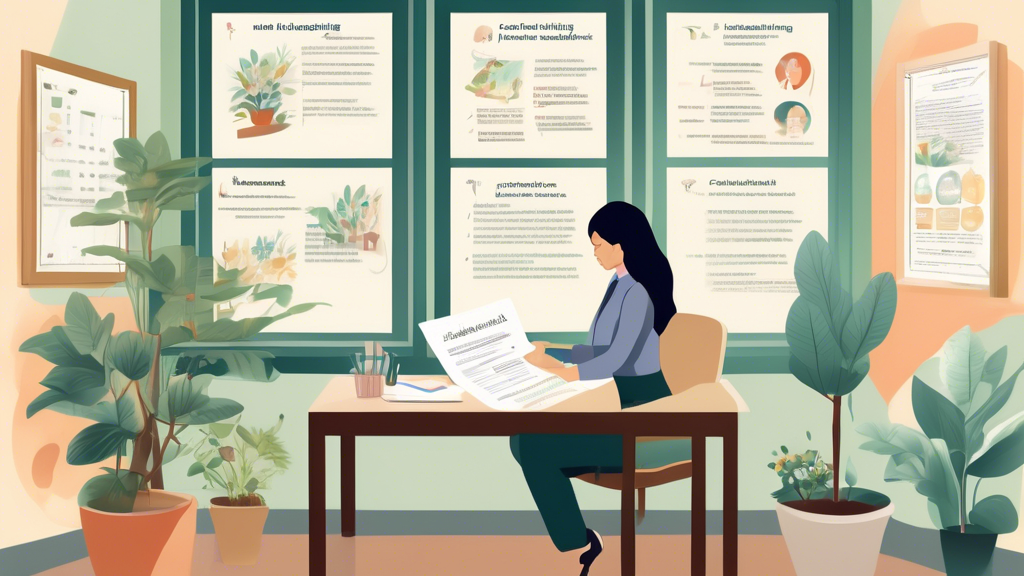Avoiding Common Mistakes in Mental Health Credentialing
Backed by CBM Medical Management‘s 40 years of experience in Revenue cycle management and Practice start-up, this article explores key strategies to avoid common pitfalls in the credentialing process for mental health providers.
Understanding Mental Health Credentialing
Before diving into common mistakes, let’s understand what mental health credentialing is. This crucial process involves verifying the qualifications of healthcare providers to ensure they meet all the industry and professional standards necessary to provide care. Proper credentialing boosts the trustworthiness of your practice, enhances patient safety, and is a cornerstone for building a success-driven mental health service.
Common Credentialing Mistakes
Now, let’s pivot to some of the frequent mishaps that can occur during the credentialing process, and how to sidestep them:
- Poor Documentation: A common error is incomplete or incorrect documentation. To mitigate this, always double-check that you have all the necessary documents before submission and ensure they are filled out correctly.
- Procrastination: Credentialing can be a lengthy process, often taking several months. Starting late can result in delays in provider onboarding and subsequent patient care interruptions.
- Not Following Up: After submitting your credentialing application, stay proactive. Follow up regularly to check on the status of your application and respond promptly to any inquiries.
- Lack of Organization: Losing track of important paperwork or submission deadlines can derail your credentialing process. Utilize digital tools or dedicated staff to keep your credentialing tasks organized.
- Ignoring Provider Directory Updates: Once credentialed, ensure your practice’s information is updated in provider directories. This enhances your visibility to potential patients and ensures compliance with insurance networks.
Best Practices for Effective Credentialing
Enhancing your credentialing process not only safeguards against administrative errors but also helps in building a solid foundation for patient care and reimbursement. Here are strategic best practices:
- Maintain Updated Records: Keep all professional licenses, certifications, and important documents up to date and accessible.
- Use Professional Help: Consider using credentialing services to streamline the process. Professionals like CBM Medical Management specialize in handling these tasks efficiently and accurately.
- Regular Training: Ensure the person managing your credentialing process is well-versed with the latest industry standards and policies.
- Anticipate Renewals: Plan ahead for re-credentialing and expiries to avoid last-minute hassles and potential gaps in provider coverage.
Conclusion
Avoiding mistakes in mental health credentialing is essential for maintaining the integrity and efficiency of healthcare delivery. By recognizing common pitfalls and implementing best practices, mental health providers can enhance their service quality and patient satisfaction.
Protect your practice and your patients by making credentialing a priority. Remember, a little attention to detail now can save a lot of trouble down the line.


